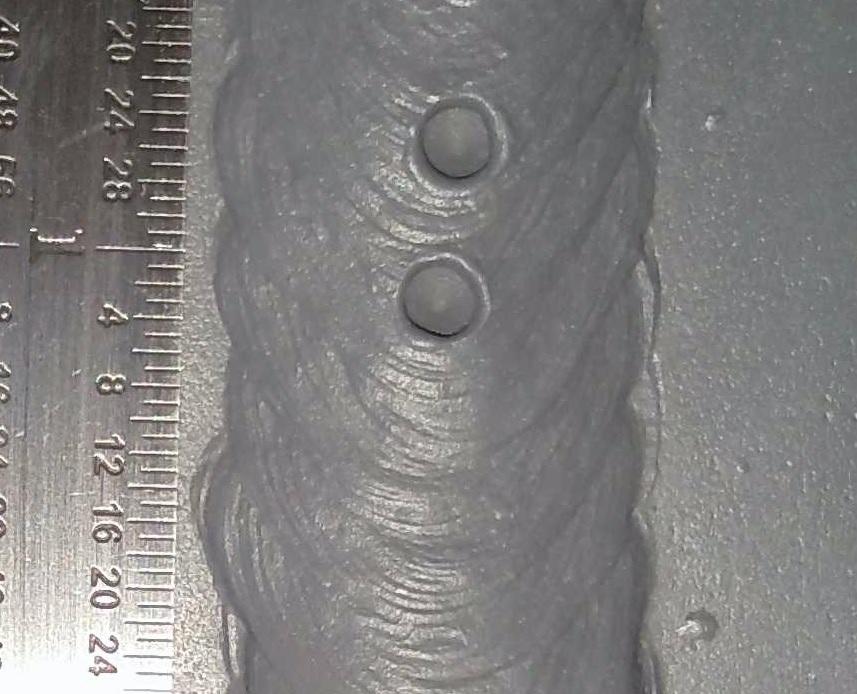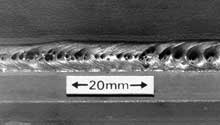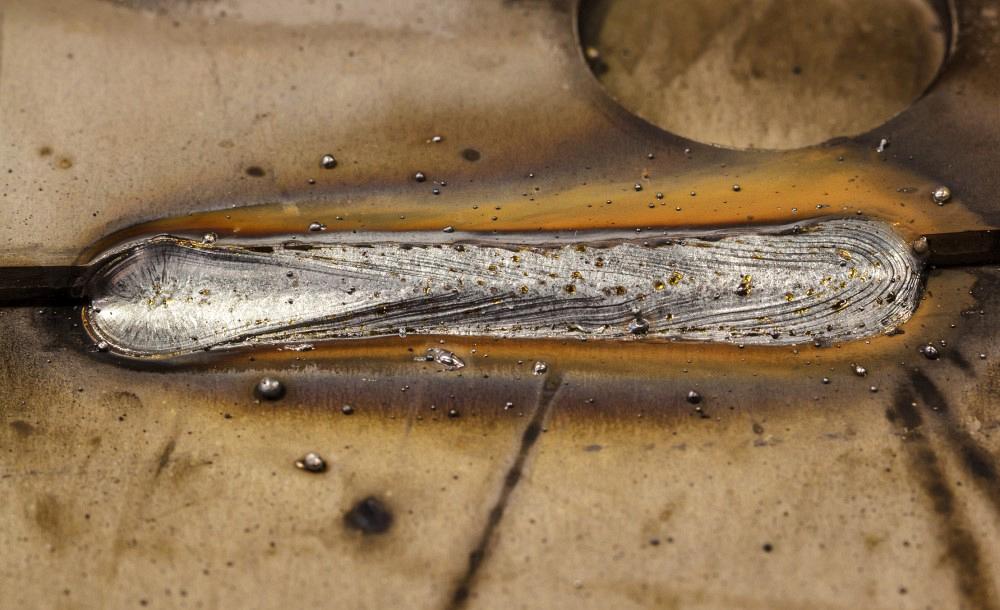What is Porosity in Welding: Important Tips for Getting Flawless Welds
What is Porosity in Welding: Important Tips for Getting Flawless Welds
Blog Article
Recognizing Porosity in Welding: Discovering Causes, Results, and Prevention Techniques
As professionals in the welding market are well conscious, understanding the causes, results, and avoidance techniques related to porosity is essential for accomplishing durable and reliable welds. By delving into the origin causes of porosity, examining its damaging results on weld top quality, and checking out reliable avoidance approaches, welders can boost their knowledge and abilities to create premium welds constantly.
Usual Reasons For Porosity
Porosity in welding is mostly triggered by a mix of factors such as contamination, incorrect securing, and insufficient gas insurance coverage during the welding process. Contamination, in the kind of dust, grease, or corrosion on the welding surface, creates gas pockets when heated up, resulting in porosity in the weld. Improper shielding occurs when the shielding gas, typically used in processes like MIG and TIG welding, is unable to completely protect the molten weld pool from responding with the surrounding air, causing gas entrapment and succeeding porosity. In addition, poor gas insurance coverage, frequently because of incorrect circulation rates or nozzle positioning, can leave components of the weld unsafe, enabling porosity to form. These variables collectively add to the formation of voids within the weld, deteriorating its stability and possibly triggering architectural issues. Comprehending and dealing with these usual causes are crucial action in stopping porosity and guaranteeing the top quality and stamina of welded joints.
Effects on Weld Quality
The existence of porosity in a weld can dramatically compromise the overall high quality and stability of the bonded joint. Porosity within a weld develops voids or tooth cavities that compromise the structure, making it extra susceptible to breaking, rust, and mechanical failing. These spaces work as tension concentrators, minimizing the load-bearing capability of the weld and boosting the chance of early failing under used stress and anxiety. In enhancement, porosity can likewise work as possible websites for hydrogen entrapment, more aggravating the destruction of the weld's mechanical homes.
Moreover, porosity can impede the effectiveness of non-destructive testing (NDT) techniques, making it testing to find other defects or discontinuities within the weld. This can cause significant security issues, specifically in essential applications where the architectural stability of the welded parts is critical.

Avoidance Techniques Overview
Provided the detrimental influence of porosity on weld high quality, effective avoidance techniques are important to keeping the architectural integrity of welded joints. Among the primary avoidance techniques is thorough cleansing of the base materials before welding. Contaminants such as oil, oil, rust, and dampness can add to porosity, so making certain a clean job surface is crucial. Appropriate storage space of welding consumables in dry problems is also crucial to protect against moisture absorption, which can bring about gas entrapment throughout welding. Furthermore, picking the proper welding criteria, such as voltage, present, and take a trip speed, can assist decrease the risk of porosity development. Ensuring sufficient securing gas flow and protection is an additional vital avoidance technique, as inadequate gas insurance coverage can result in atmospheric contamination and porosity. Ultimately, correct welder training and certification are necessary for implementing safety nets effectively and regularly. By integrating these avoidance strategies right into welding practices, the occurrence of porosity can be considerably reduced, resulting in more powerful and extra dependable welded joints.
Value of Appropriate Shielding
Correct protecting in welding plays a crucial role in avoiding climatic contamination and ensuring the go to website honesty of bonded joints. Protecting gases, such as argon, helium, or a mixture of both, are generally used to secure the weld pool from reacting with elements in the air like oxygen and nitrogen. When these reactive components enter into contact with the warm weld pool, they can cause porosity, bring about weak welds with minimized mechanical properties.

Insufficient securing can cause numerous defects like porosity, spatter, and oxidation, endangering the structural stability of the bonded joint. Sticking to appropriate protecting methods is necessary to generate top quality welds with very little issues and ensure the durability and dependability of the welded elements.
Monitoring and Control Approaches
How can welders efficiently keep an eye on and manage the welding procedure to make certain optimum outcomes and prevent defects like porosity? One trick technique is via the usage of innovative monitoring technologies. These can include real-time monitoring systems that offer comments on specifications such as voltage, present, take a trip speed, and gas flow rates. By constantly checking these variables, welders can recognize inconsistencies from the ideal problems and make prompt changes to avoid porosity formation.

Additionally, implementing correct training programs for welders is crucial for keeping an eye on and managing the welding process properly. What is Porosity. Enlightening welders on the significance of preserving regular parameters, such as correct gas protecting and travel rate, can aid avoid porosity concerns. Normal evaluations and accreditations can additionally make sure that welders excel in monitoring and regulating welding processes
Furthermore, making use of automated welding systems can enhance tracking and control capabilities. These systems can exactly control welding criteria, lowering the possibility of human error and ensuring consistent weld high quality. By combining advanced monitoring technologies, training programs, and automated systems, welders can effectively keep an eye on and control the welding procedure to decrease porosity problems and achieve high-grade welds.
Verdict

Report this page